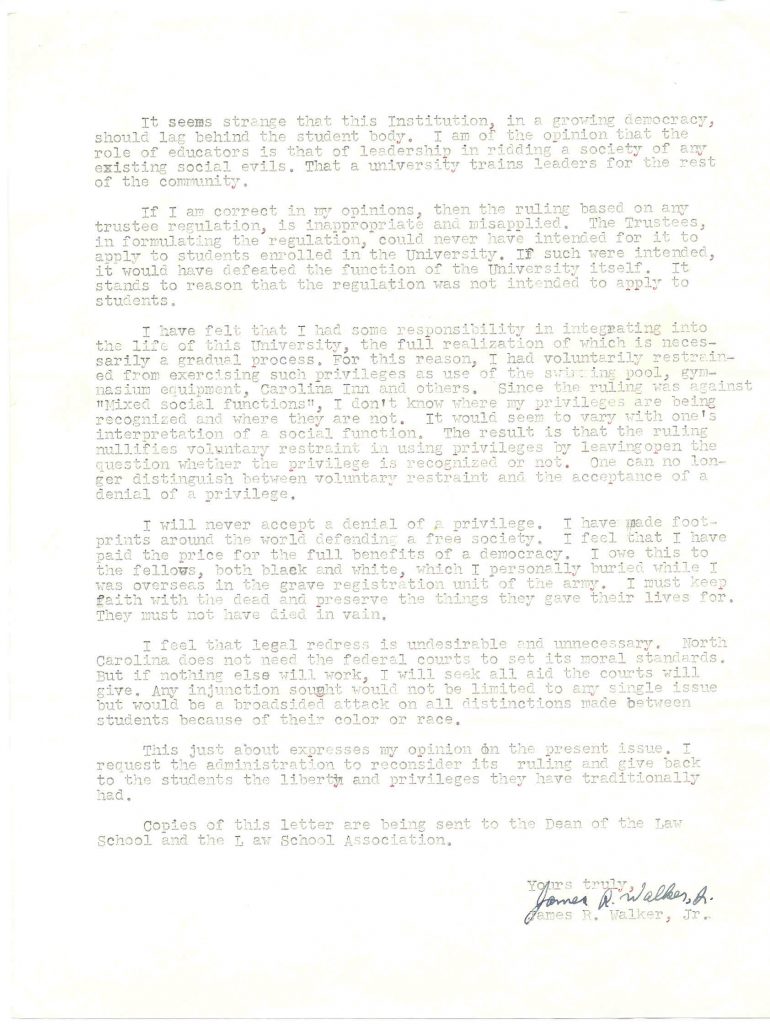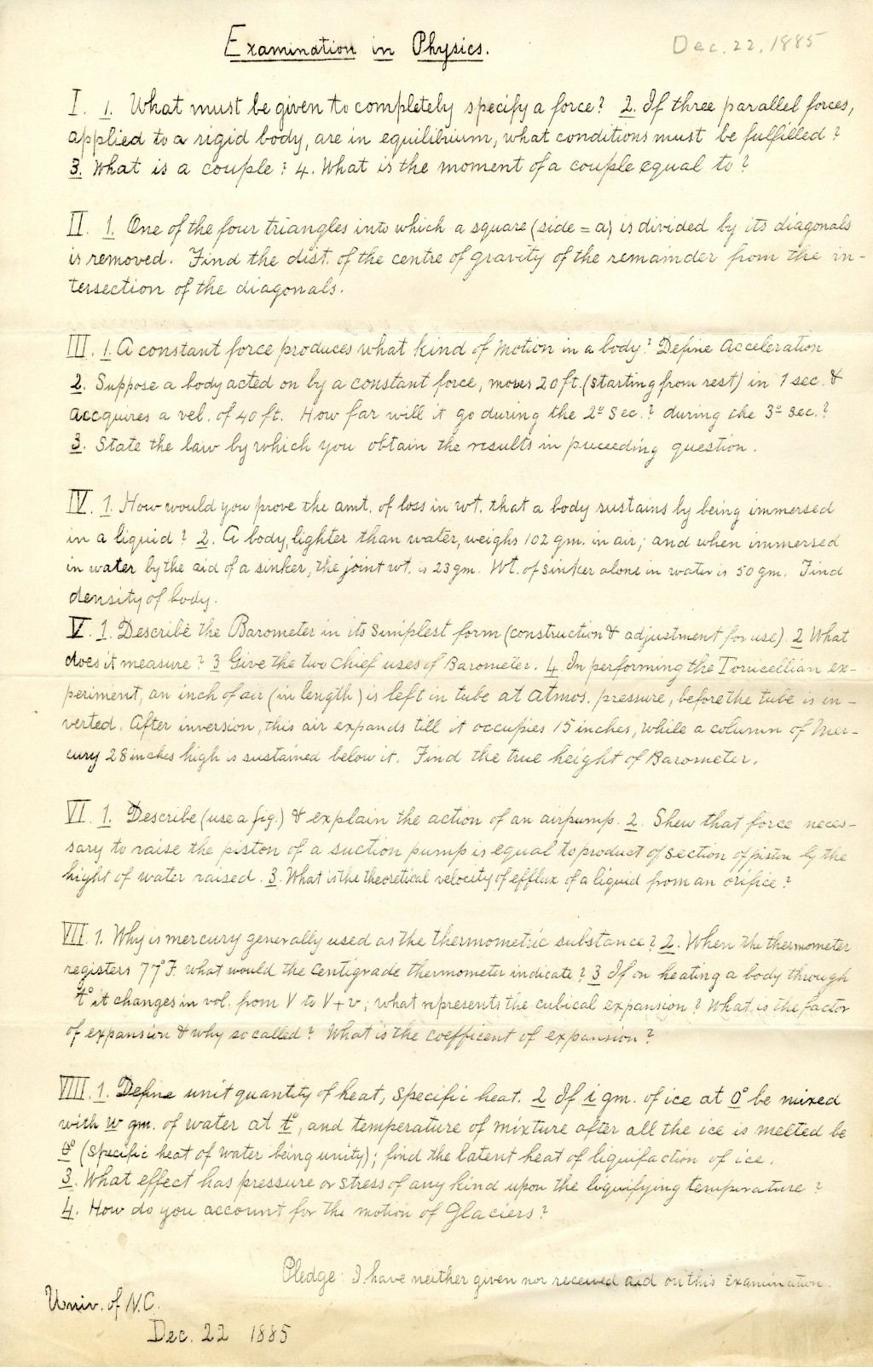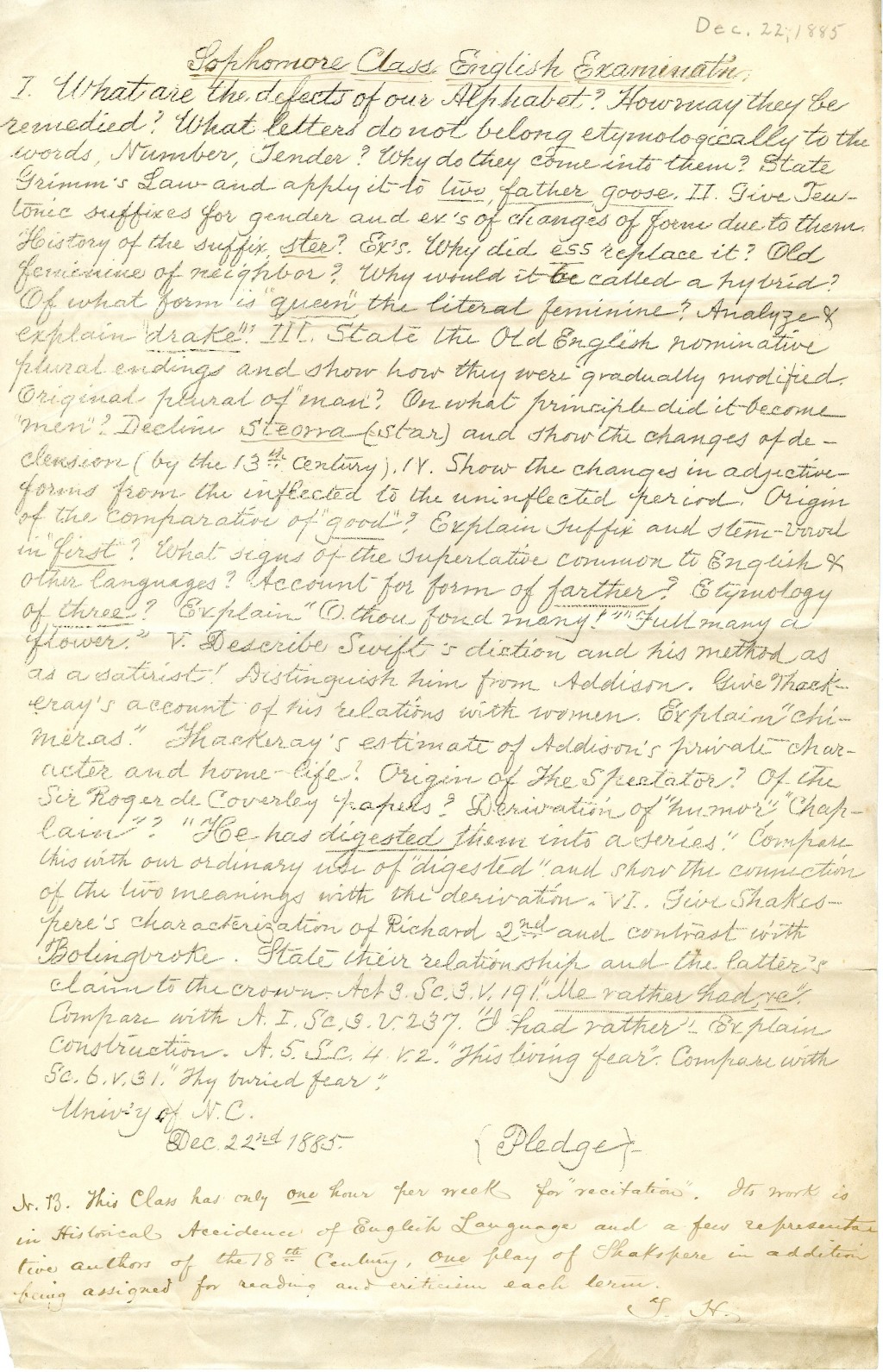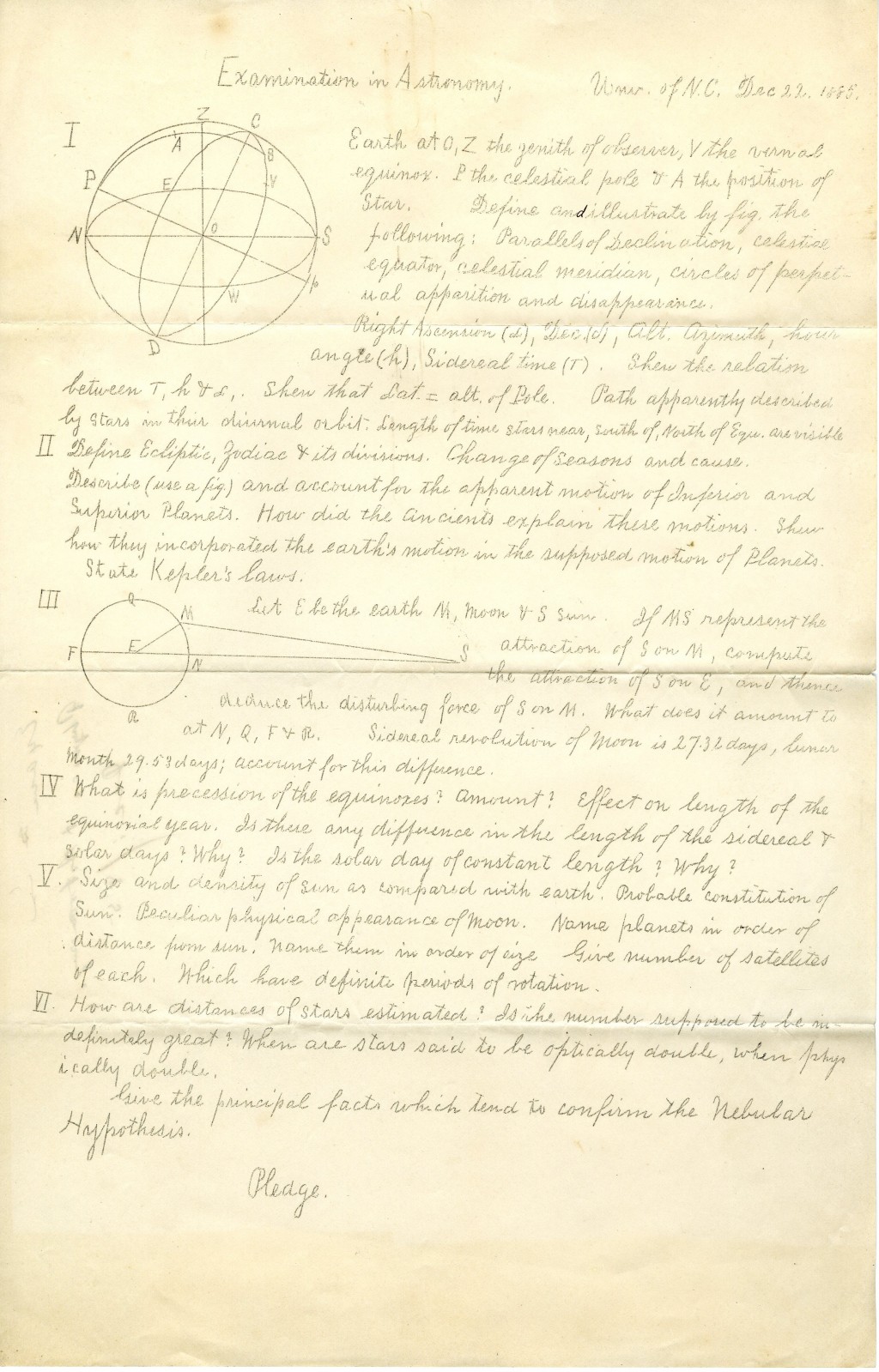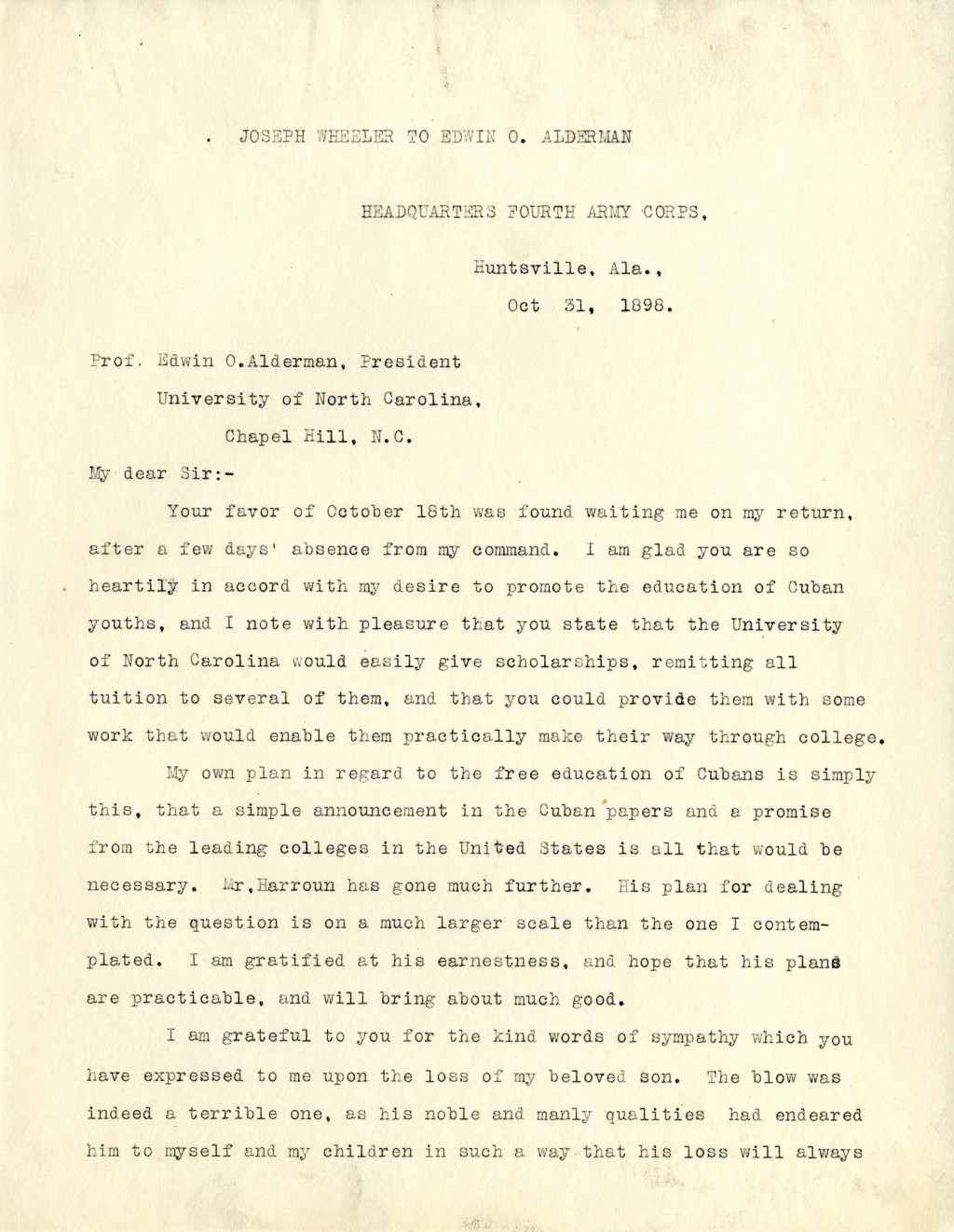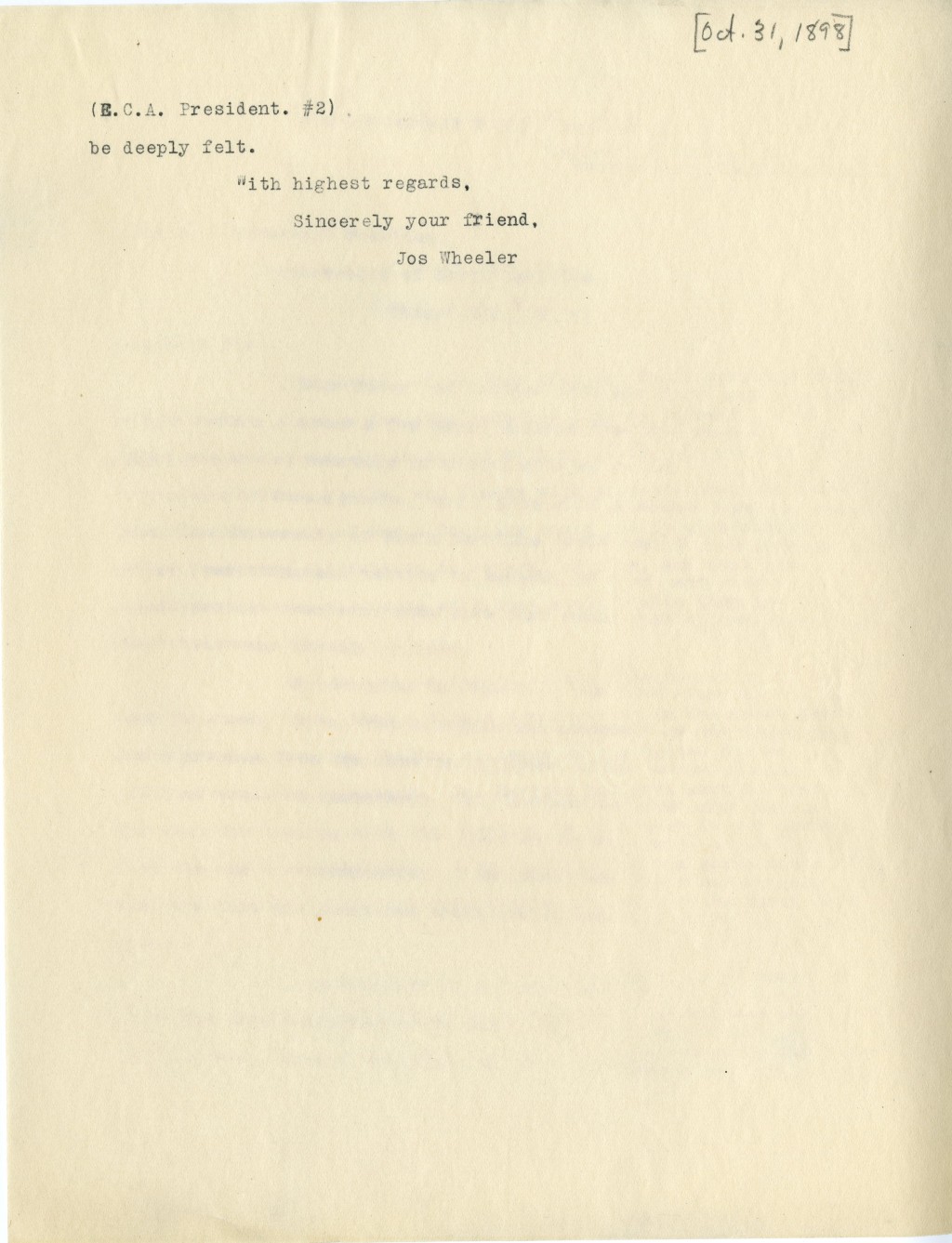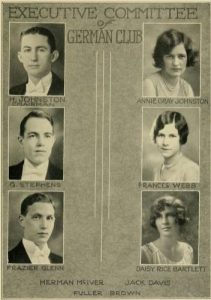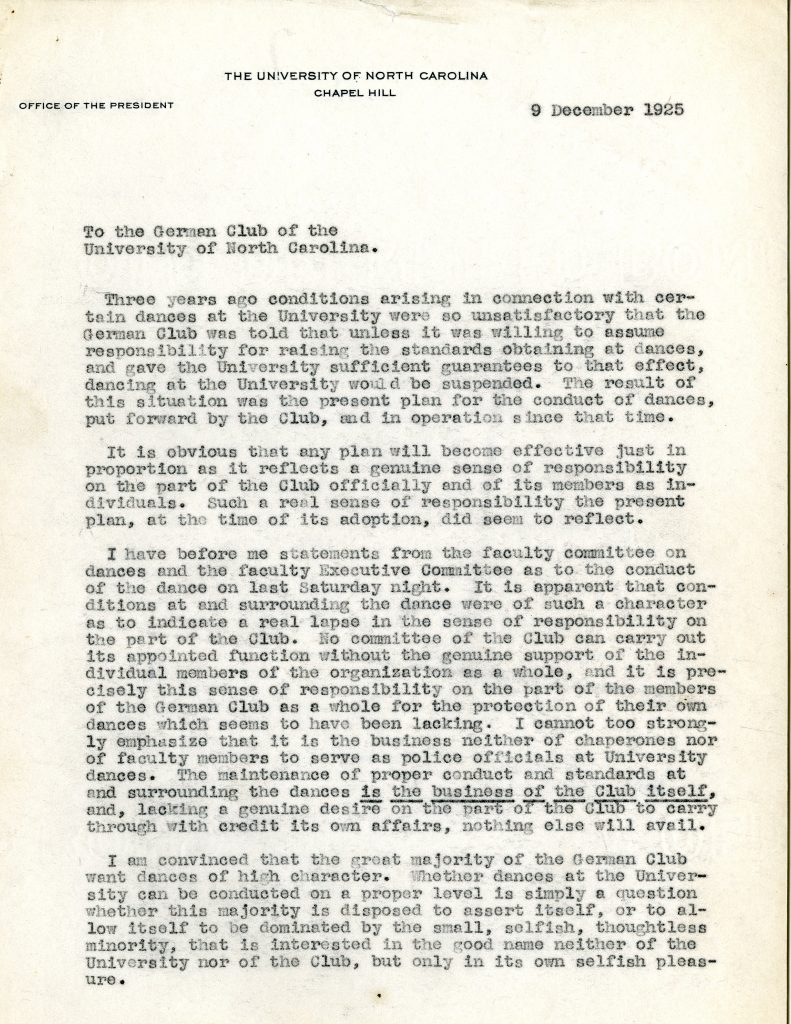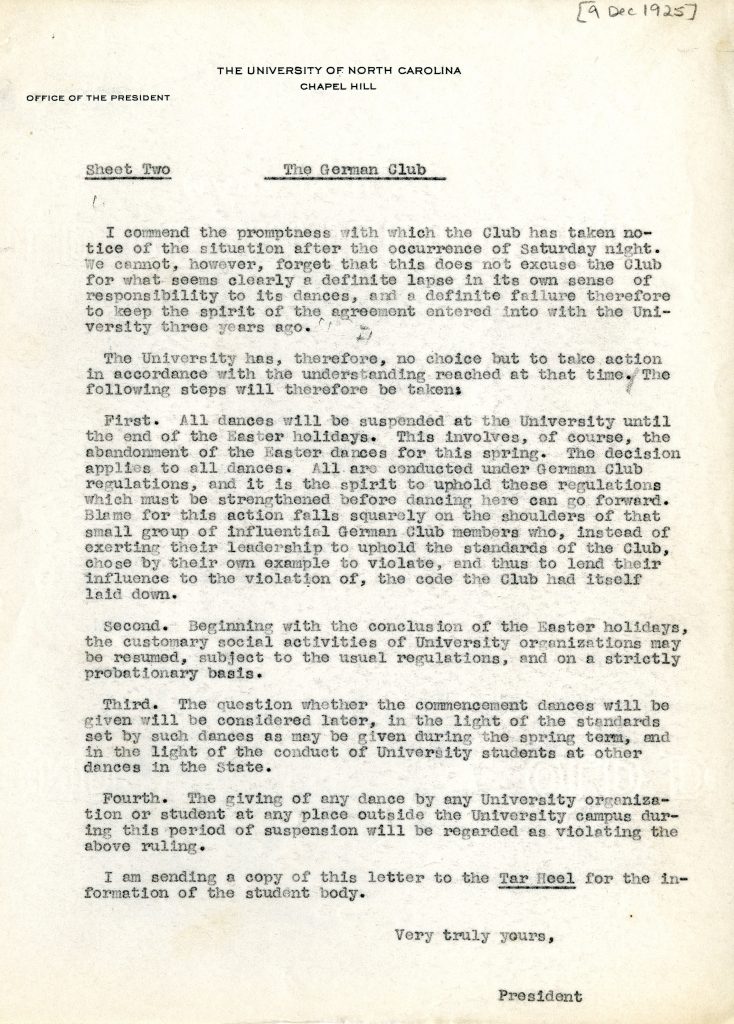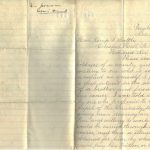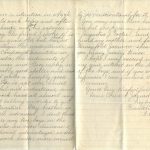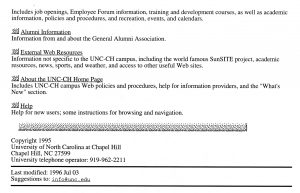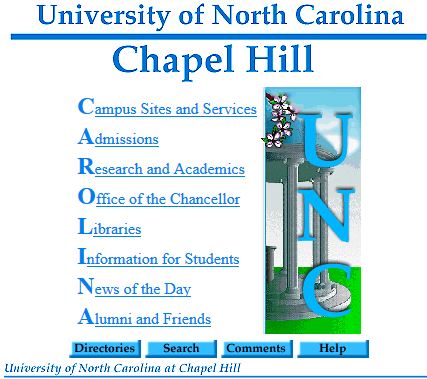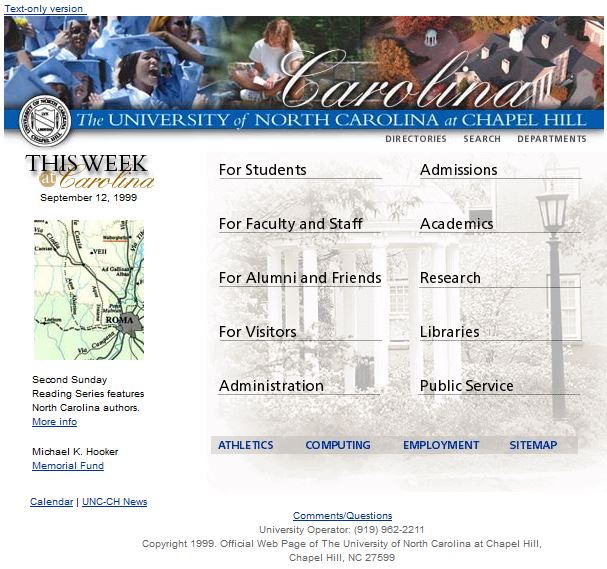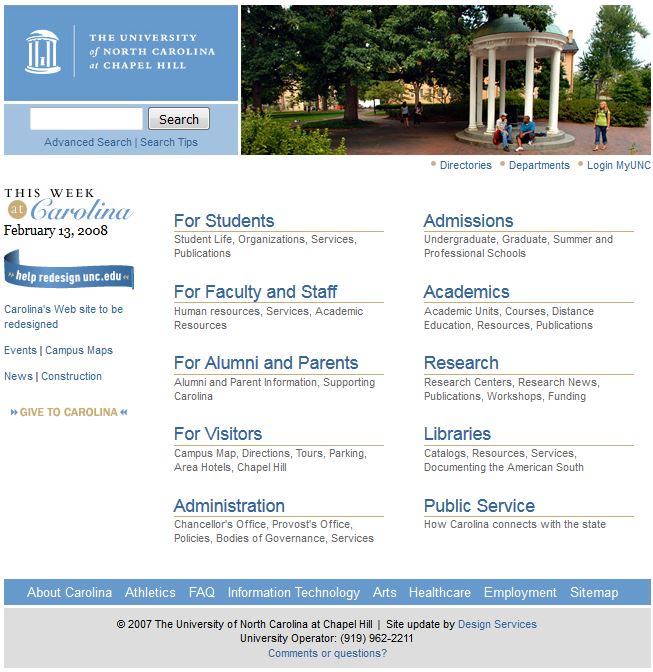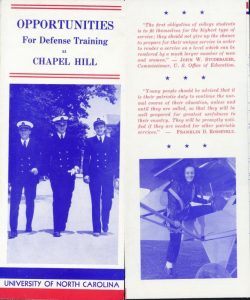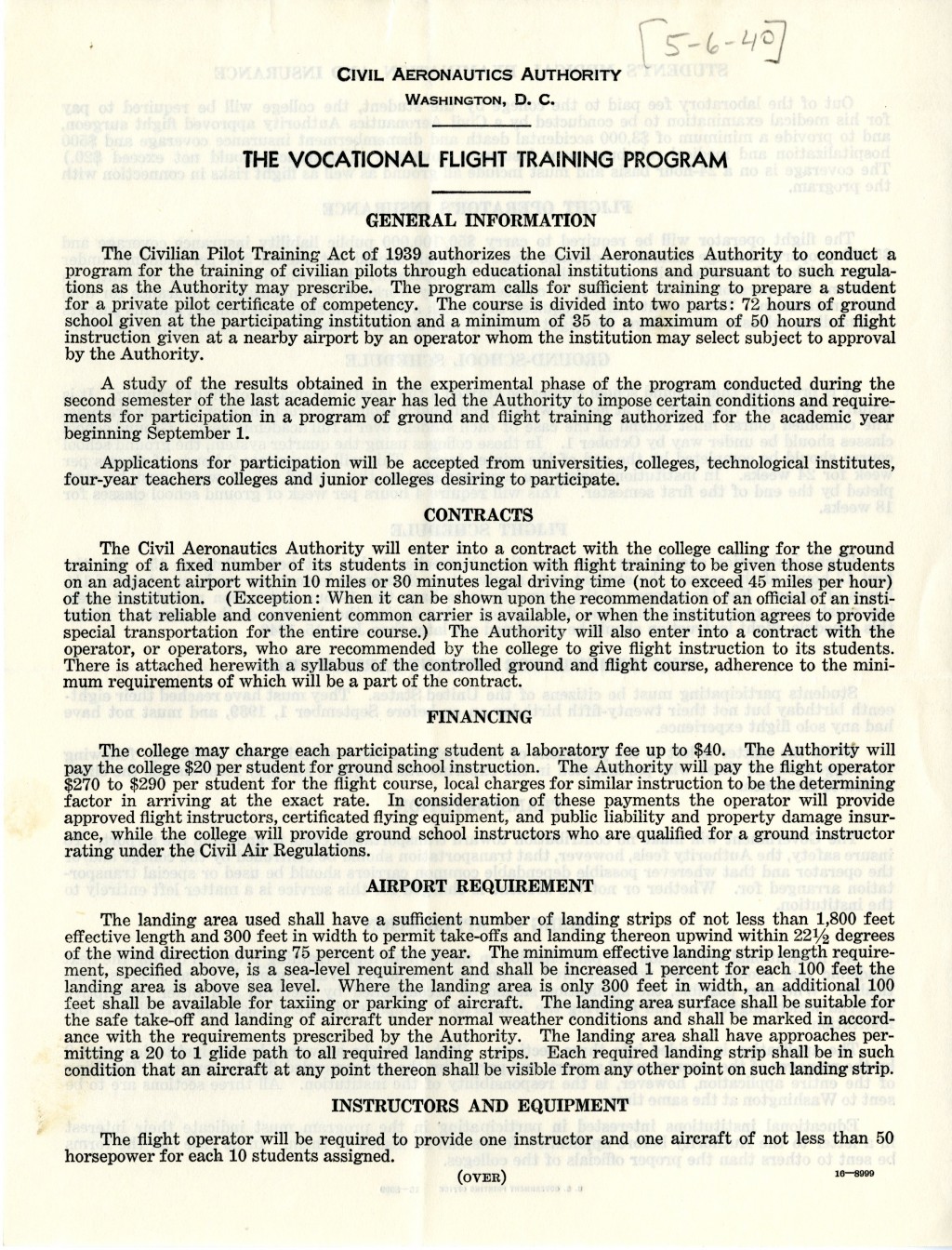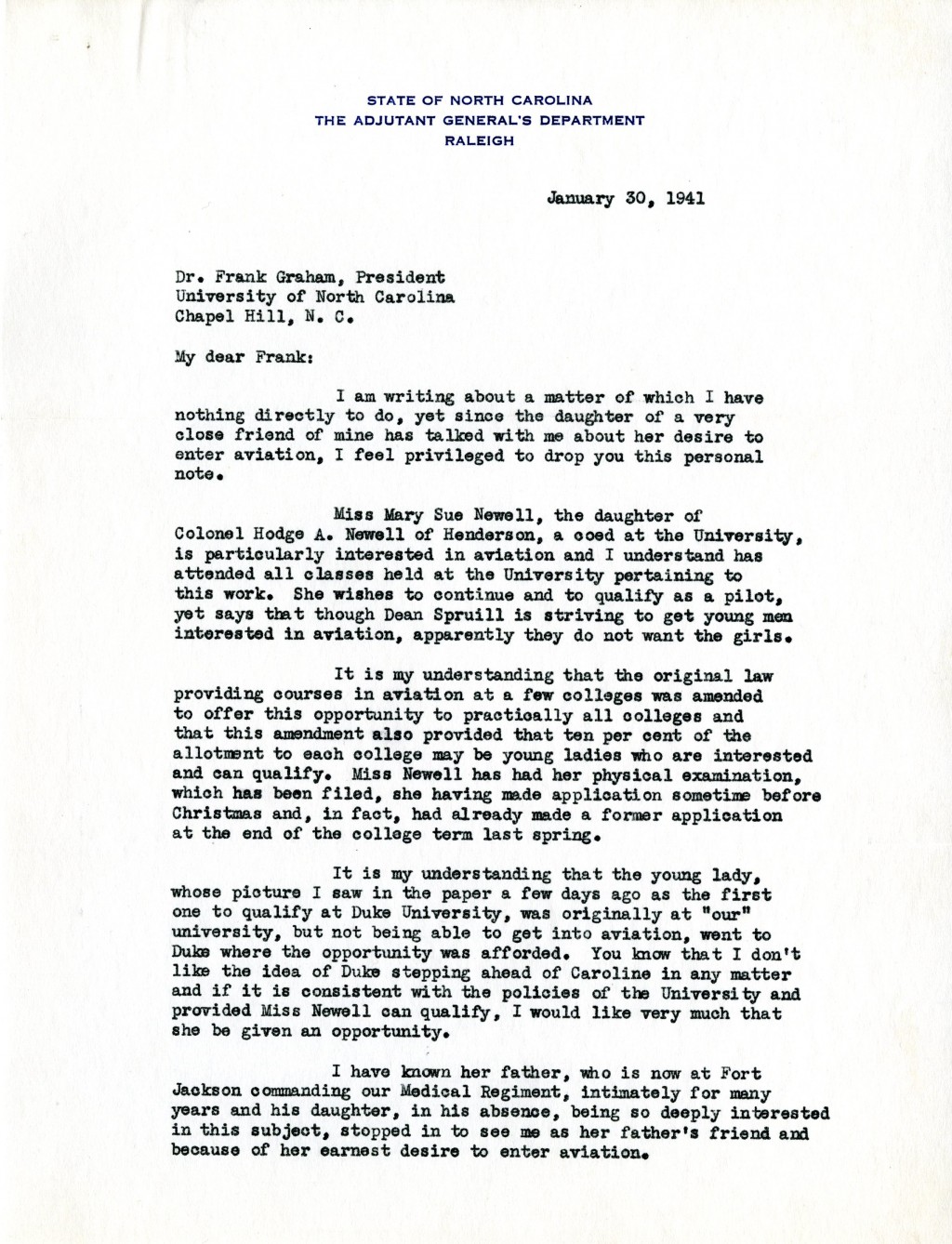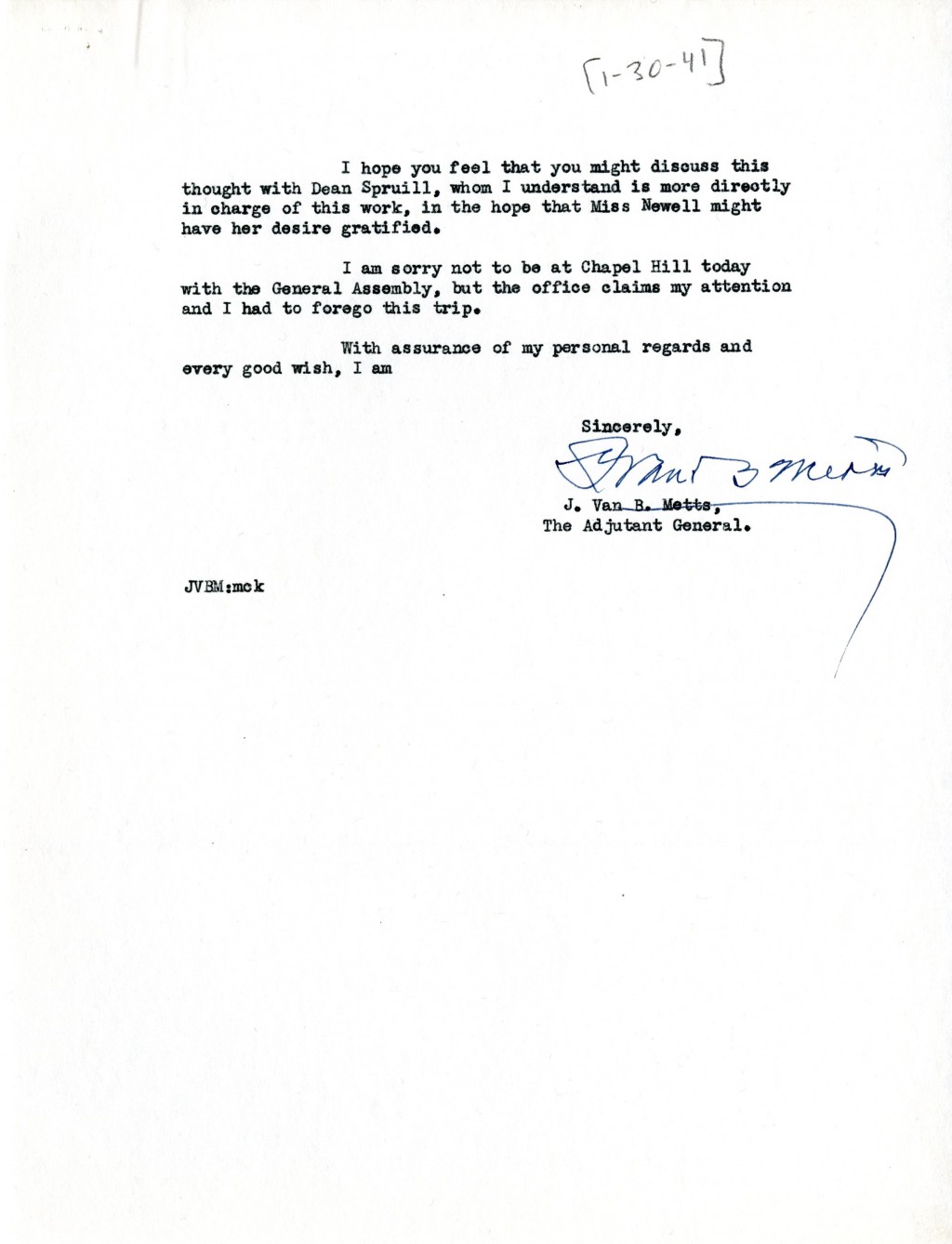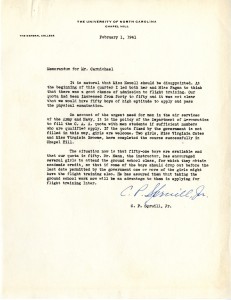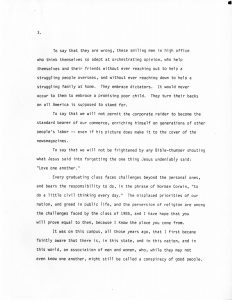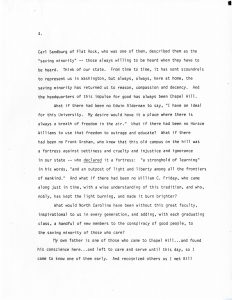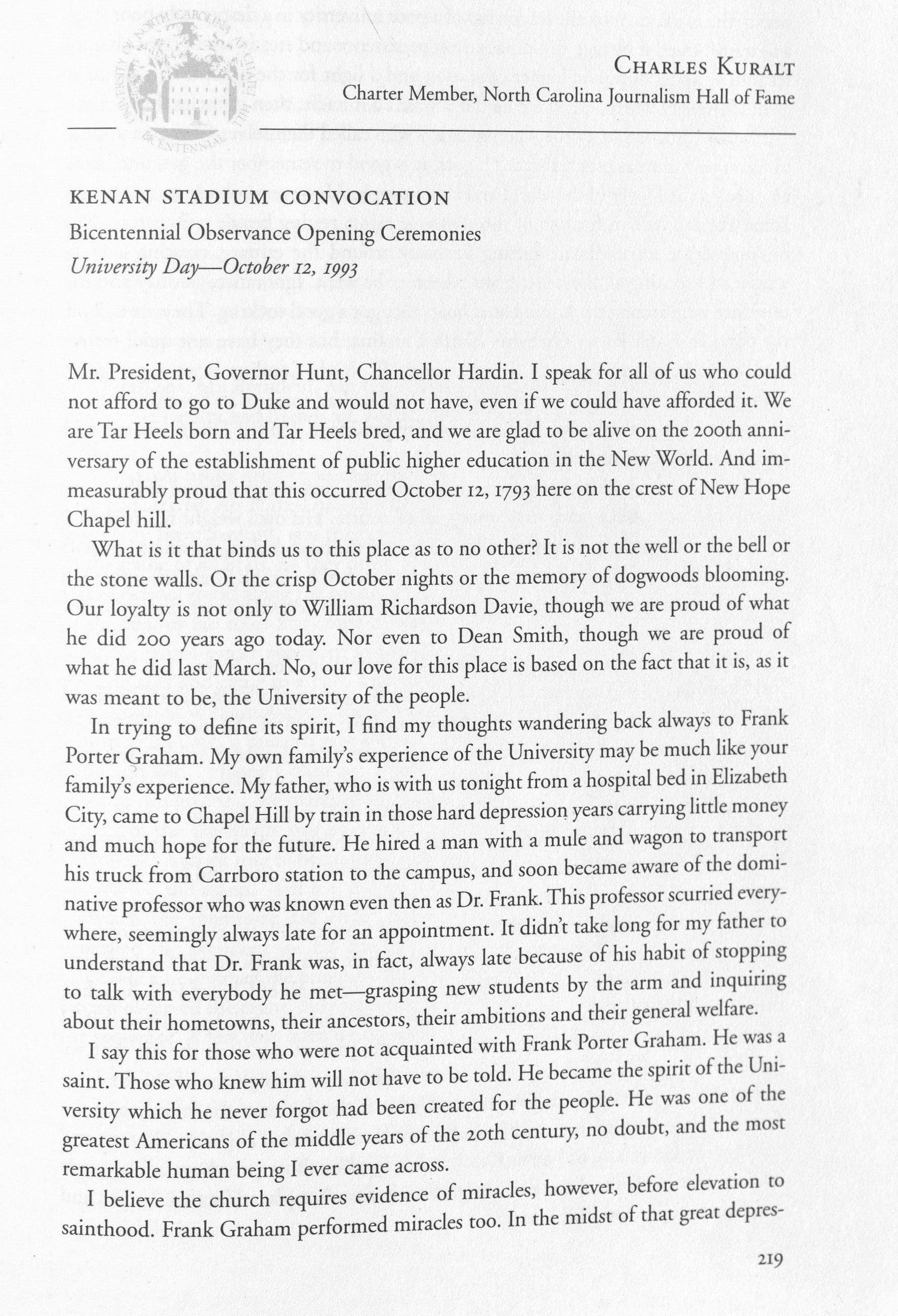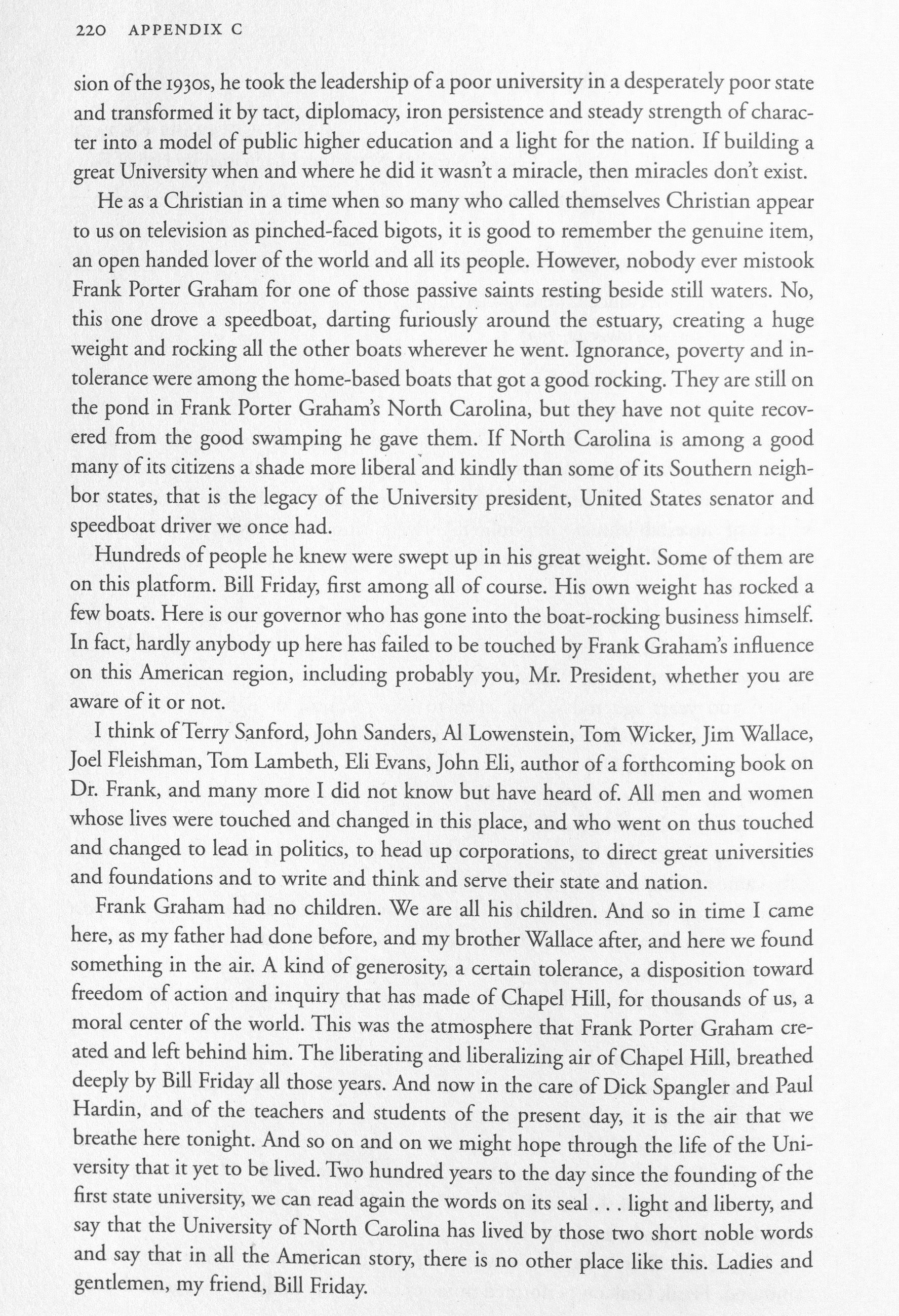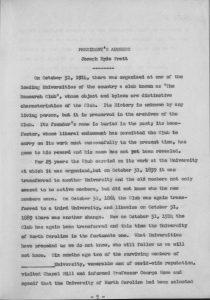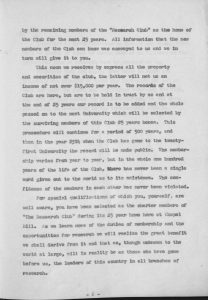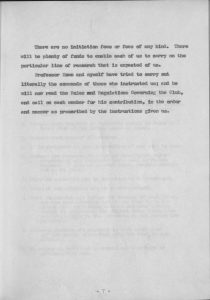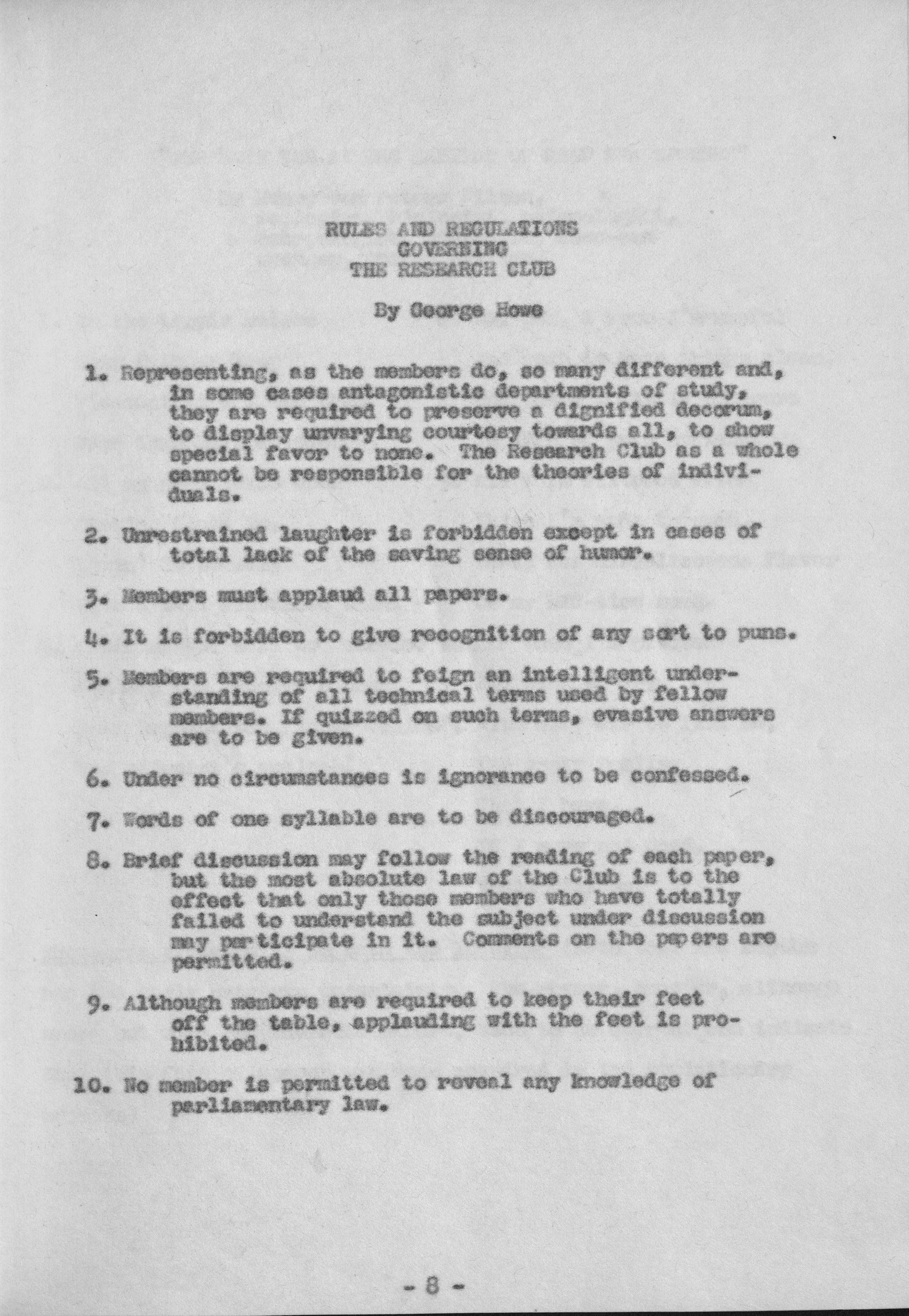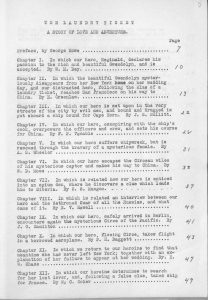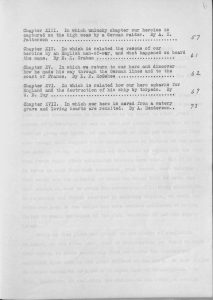In 1994, the Sonja Hayes Stone Black Cultural Center sponsored a three-day program for leaders of African American student groups at UNC. The Black Student Leadership Summit included sessions on leadership and community outreach and gave students opportunities to discuss issues and ideas. The event kicked off on the evening of September 2, 1994, with an opening reception and dinner followed by a featured speaker from out of town: Barack Obama.

Program for the 1994 Black Student Leadership Summit. Stone Center Records (40341), University Archives.
The future president had received nationwide attention when he was elected as the first African American president of the Harvard Law Review. He was working as a Civil Rights lawyer in Chicago at the time of his visit to Chapel Hill.
Obama, whose first name was misspelled as “Barak” in the conference program, was listed as a “motivational speaker.” Unfortunately, there is little record of his speech or his visit. The booking was arranged through an agency, so there is no correspondence with Obama. The file did not include any photographs and the conference was not covered in the Daily Tar Heel.

Excerpt from an invitation to the Black Student Leadership Summit. Stone Center Records (40341), University Archives.
The conference was held at the Aqueduct Conference Center south of Chapel Hill, so it’s likely Obama never even made it to campus. About all we can tell from the records is that the the visit was short: notes on travel arrangements showed that he arrived the afternoon of the 2nd, spent the night at the Omni Europa, and then flew back on the morning of the 3rd. Obama received a $1,500 honorarium for his talk. A handwritten note in the file said that he was travelling with his wife, so it appears that future First Lady Michelle Obama was here as well.
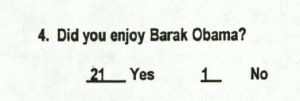
Excerpt from evaluations of the Black Student Leadership Summit. Stone Center Records (40341), University Archives.
While we don’t know what Obama said, we do know that his speech was well received. With approval ratings that President Obama (or any politician) would envy, 21 out of 22 people responding to a post-conference survey said that they enjoyed Obama’s talk. Attendees said that they “Liked his views and thoughts about values and picking our battles,” and “liked the fact that he was a very successful Black man fighting for the betterment of Black people.” One respondent called him “inspirational.” Another said, “He was a little long.”
The records of the 1994 Black Student Leadership Summit are in the records of the Sonja Hayes Stone Center for Black Culture and History in the University Archives.


